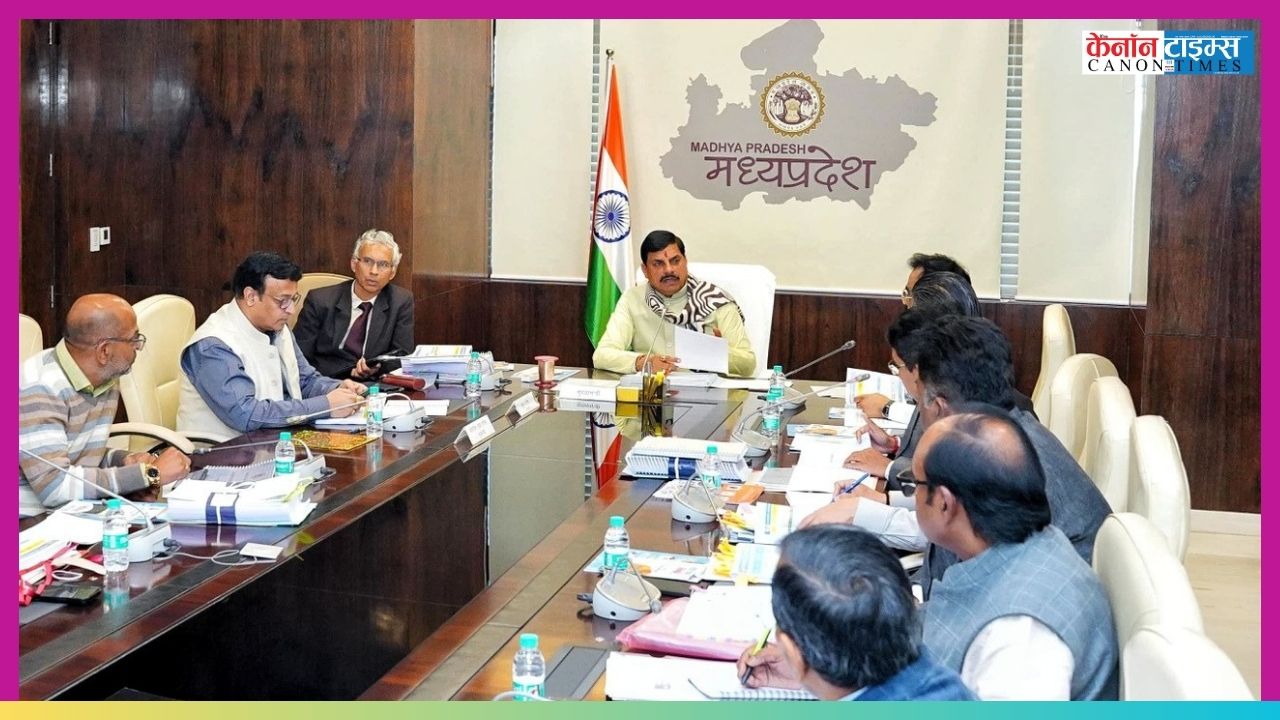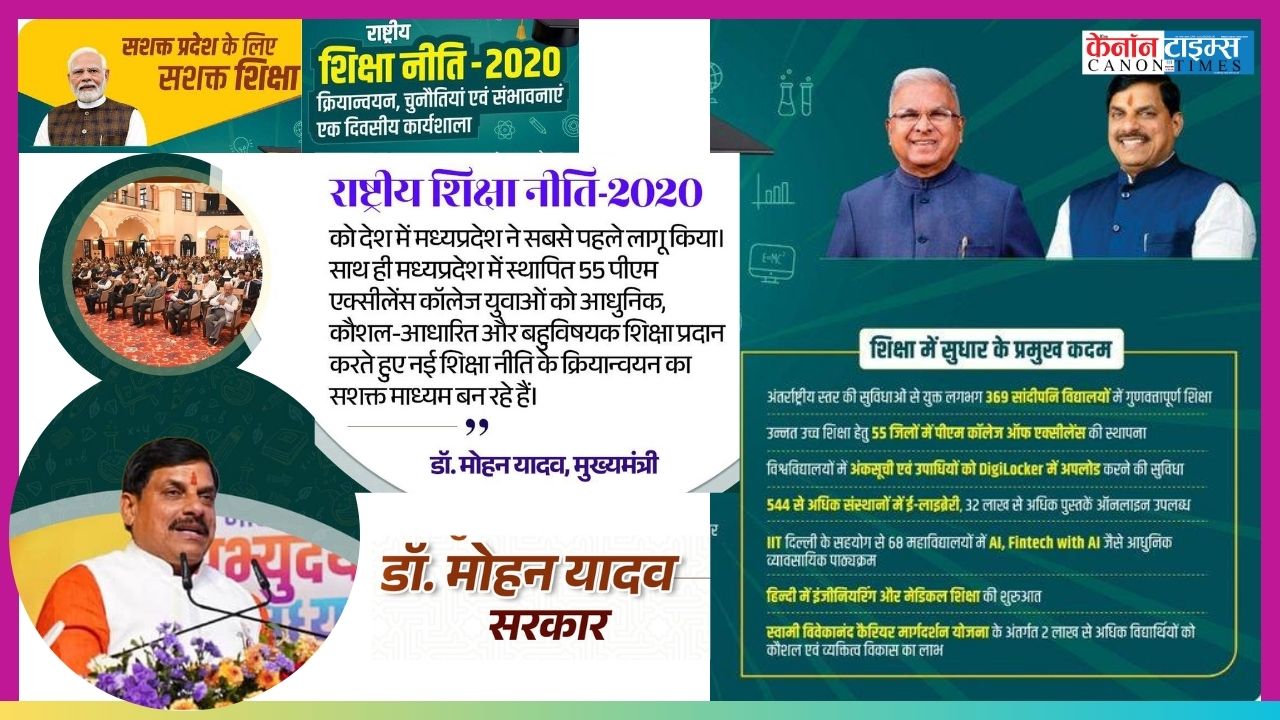Traditional budget observers applaud Sitharaman’s achievement of fiscal stability.
Modi 3.0’s first budget was positively impacted by the poll shock. Finance Minister Nirmala Sitharaman’s 7th budget prioritizes job creation and skill development for the unemployed youth. The budget emphasizes the importance of preparing graduates and post-graduates for productive work, despite a substantial number of them being unemployed. The allocation of Rs 2 lakh crore for skilling one crore youths over five years, together with the upgrading of a thousand Industrial Training Institutes (ITIs), could provide a fresh direction to our education sector.
To overcome joblessness, five different plans should be implemented to prepare our kids for employment. Paid internships in companies and enterprises with a monthly payment of Rs 5,000 are expected to attract a large number of job seekers.
Businesses can give internship opportunities within their budget.
However, successful implementation of skilling and employment programs remains a challenge. Joblessness, particularly among urban youth, was mentioned as a cause for the BJP’s failure to reach 272 seats in the Lok Sabha election.
The first post-election budget aims to significantly address this issue. If successful, it could reduce the need for university degrees by directing school-leavers to national ITIs, leading to jobs in businesses and services.
Traditional budget observers applaud Sitharaman’s achievement of fiscal stability. Budgeting for a 4.9% deficit and aiming to reduce it to 4.5% of GDP demonstrates extreme caution, notwithstanding large allocations for infrastructure and public goods. Despite global headwinds and climate difficulties, the economy is expected to grow at 6.7% in 2024-25, according to a recent economic poll. Independent financial institutions predict a slightly higher rate.
India continues to experience the fastest growth rate among emerging big economies. The government has effectively managed India’s economy. The Modi government’s allocation of Rs. 11.1 lakh crore (3.4% of GDP) for capital spending demonstrates its commitment to public infrastructure development, especially rural infrastructure improvements. Providing incentives for the private sector to create public infrastructure, such as viability gap funding, could strengthen the Public-Private-Participation paradigm, which is often exploited.
Solar panels can provide 300 units of free electricity per month to one crore families, making a significant impact on the clean energy industry and reducing emissions. By generating goodwill for the ruling party and managing the nation’s finances effectively, finance ministers can achieve their primary goal.
Although share markets first reacted negatively to minor increases in long- and short-term capital gains, they appear to have recovered. As a result, the Sensex closed with a slight loss. Markets are pleased that taxes on international companies operating in India have been cut to match those of Indian corporations.
Reducing customs charge on gold and silver can help control rising prices and discourage smuggling. The middle class will not benefit from major personal income tax cuts. The budget primarily focuses on adjusting rates and exemption limitations to offset inflationary effects. The maximum tax rate of 30% for people earning Rs 15 lakh or more stays unaltered. Financial aid for higher education is most likely to benefit middle-class individuals.
Every year, under the proposed system, one lakh students will receive E-vouchers covering 3% of their annual education loan interest.
The Finance Minister was clearly aware that her administration is a coalition.
The previous Jaganmohan Reddy government abandoned Chandrababu Naidu’s dream capital project Amaravati, therefore it’s not surprising that there is a substantial provision for him to pursue it. Even if the TDP was not part of the Modi government, the Amaravati project needs to be saved after thousands of farmers relinquished their lands and crores of rupees were invested. Nitish Kumar’s Bihar receives a special funding package for flood relief and long-term solutions to the yearly problem.
The Opposition’s criticism of the budget is predictable and ineffective. If the Finance Minister was inspired by a suggestion from the Congress manifesto, the party should rejoice rather than complain. Rahul Gandhi’s characterization of the budget as “kursi bachao” undermines his claim of recent maturity. We haven’t seen an administration that intentionally creates its own problems. Additionally, the special packages for Andhra and Bihar were well-deserved. Special provisions were made for the hill states devastated by recent natural disasters.
Overall, the budget has direction and ambition, but the real test is putting that vision into action.
ABHISHEK VERMA
Author: This news is edited by: Abhishek Verma, (Editor, CANON TIMES)
Authentic news.






